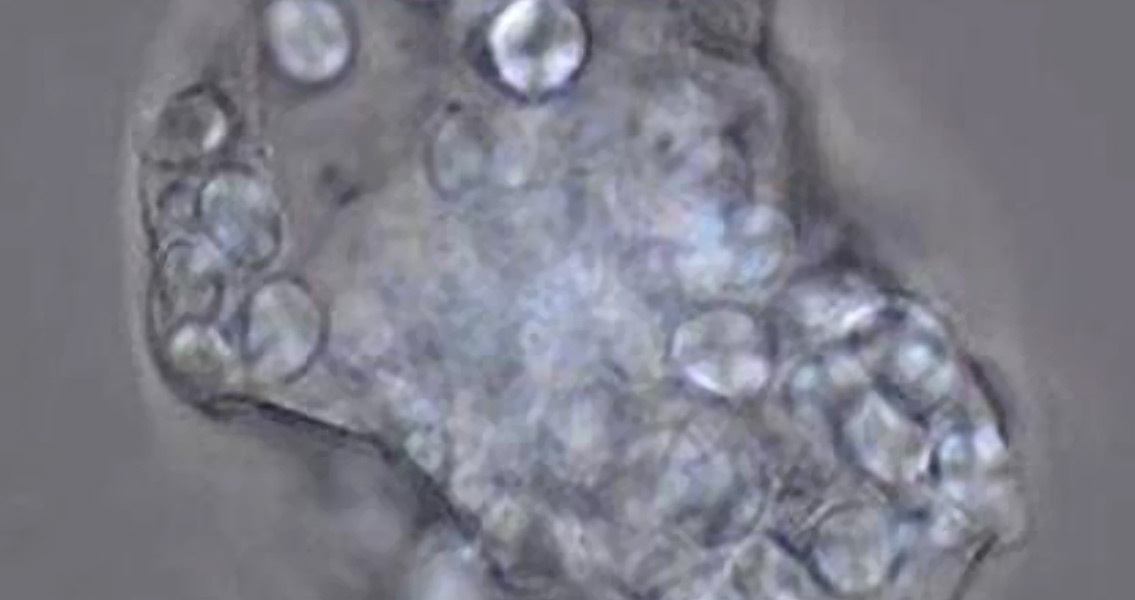<![CDATA[Excavations in Spain suggest that humans' ancient ancestors may have been using tooth picks as far back as 1.2 million years ago. What's more, the recently published report of the excavations shows that the 'cavemen' had a raw food diet. The findings were made as part of a remarkable study by scientists from the University of York (UK) and the Universtat Autònoma de Barcelona into the diet and environment of Europe's earliest humans. The team analysed dental calculus from one of Europe's oldest known hominin sites, Sima del Elefante in northern Spain. Removing dental calculus from a 1.2 million year old hominin molar, the team discovered bits of wood, possible evidence that the ancient relatives of man used a form of tooth pick. Analysing the tartar which had built up on the tooth, the team gleaned the oldest known insights into our ancestors' diets. The results of the study, which was led by Karen Hardy of the Catalan Institute for Research and Advanced Studies (ICREA) and the Universtat Autònoma de Barcelona, have just been published in Springer's journal The Science of Nature. Traces of raw animal tissue, uncooked starch granules indicating consumption of grasses, pollen grains from a species of pine and insect fragments were among the other microfossils extracted from the hominin molar. All of these were uncharred and showed no evidence of inhalation of microcharcoal, in other words, they displayed none of the characteristics usually associated with having been in close proximity to fire. The teeth investigated by the team come from one of the two oldest sets of hominin remains found in Europe. The piece of jawbone, discovered at Sima del Elefante in 2007, is between 1.1 and 1.2 million years old. The site itself is one of several in the region covering a period between 300,000 and 1.2 million years old. Exactly when early humans first started to use fire is hotly contested, and the new study seems to add to the debate. Some researchers suggest habitual fire use started as far back as 1.8 million years ago, while others argue it happened as recently as 300,000 – 400,000 years ago. Some have argued that hominins mastered fire while still in Africa, but didn’t bring the skills with them when they reached Europe, something the lack of fire evidence at Sima del Elefante would seem to support. The earliest definitive evidence of fire use in Europe is 800,000 years ago at the Spanish site of Cueva Negra, and at Gesher Benot Ya’aqov, Israel, a short time later. Taken together, a timeline emerges suggesting that the development of fire technology in Europe occurred sometime between 800,000 and 1.2 million years ago. Dr Karen Hardy, lead author and Honorary Research Associate at the University of York and ICREA Research Professor at the Universitat Autònoma de Barcelona, said in a press release: “Obtaining evidence for any aspect of hominin life at this extremely early date is very challenging. Here, we have been able to demonstrate that these earliest Europeans understood and exploited their forested environment to obtain a balanced diet 1.2 million years ago, by eating a range of different foods and combining starchy plant food with meat.” According to Dr Hardy, the results follow ideas about the development of certain characteristics in humans. “This new timeline has significant implications in helping us to understand this period of human evolution – cooked food provides greater energy, and cooking may be linked to the rapid increases in brain size that occurred from 800,000 years ago onwards.” “It also correlates well with previous research hypothesising that the timing of cooking is linked to the development of salivary amylase, needed to process cooked starchy food. Starchy food was an essential element in facilitating brain development, and contrary to popular belief about the ‘Paleodiet’, the role of starchy food in the Palaeolithic diet was significant.” Image courtesy of Karen Hardy ]]>
Revealed: Cavemen Picked Their Teeth and had a Raw Food Diet
